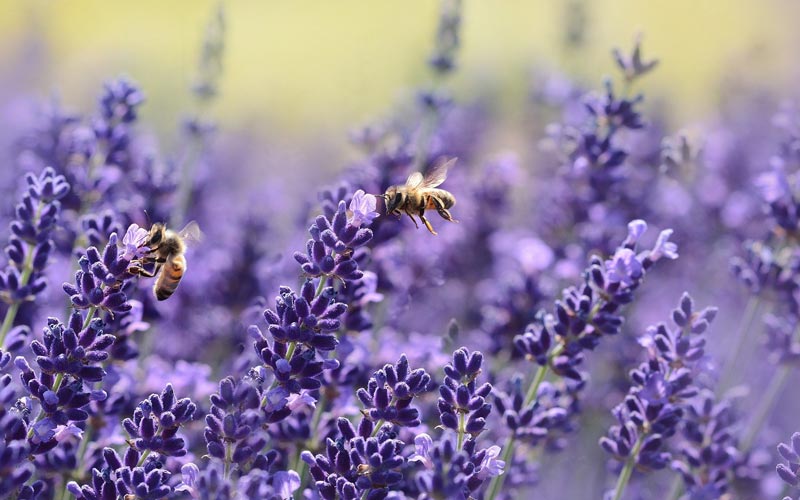Pollinator Resource Roundup
Pollinators play an integral role in sustaining our ecosystems and ensuring the proliferation of diverse flora and fauna. The term “pollinator” encompasses a myriad of creatures, from honeybees and bumblebees to butterflies and hummingbirds, all of which contribute significantly to the reproduction of plants. Understanding the importance of these tiny but mighty beings can spark a desire to not only appreciate their contributions but also to advocate for their protection. This roundup of resources aims to shed light on the essential functions of pollinators, whilst providing valuable material for those eager to learn more and engage in conservation efforts.
The first step in appreciating pollinators is recognizing their ubiquitous presence in our environment. They enable the fertilization process of flowering plants, leading to the production of seeds and fruits. According to the Food and Agriculture Organization (FAO), about 75% of the world’s food crops depend, at least in part, on pollination. As global citizens, we must understand the impending threats facing these essential creatures. Habitat loss, pesticide use, and climate change have all contributed to declining pollinator populations, which could have dire ramifications for global food security. With this knowledge, we can become equipped with the tools to advocate for a healthier ecosystem.
As we venture into specific resources, numerous organizations and compilations provide insights into the world of pollinators. One resource worth exploring is the Pollinator Partnership. This nonprofit organization is dedicated to promoting the health and vitality of pollinators through education and advocacy. Their website is replete with educational materials, including information on pollinator-friendly gardening, the significance of various species, and the effects of climate change on pollinator habitats. Their resource library offers factsheets, guides, and interactive maps to help enthusiasts cultivate awareness and develop practical solutions that can be implemented at individual, local, or national levels.
Another valuable compendium is the Xerces Society for Invertebrate Conservation which focuses on the conservation of invertebrates, including pollinators. They offer extensive information on pollinator identification, habitats, and threats that these species face. Additionally, the Xerces Society provides guidelines for creating pollinator gardens, which can serve as sanctuaries for bees, butterflies, and other important insects. Such areas not only support biodiversity but also foster a deeper connection between humans and nature, emphasizing the criticality of pollinators in our daily lives.
For educators looking to enrich their curricula, the U.S. Department of Education has developed educational resources focusing on pollinators. Their initiative encourages schools to incorporate pollinator education into their programs, emphasizing the relevance of these organisms across various subjects, from science to environmental studies. The curriculum materials include lesson plans, classroom activities, and opportunities for outdoor engagement. By introducing students to the fascinating world of pollinators, educators can inspire the next generation of environmental stewards.
Furthermore, online platforms such as Pollinator Health engage a community of enthusiasts and professionals who share insights and resources related to pollinator health. This social media-based network serves as a valuable repository for real-time information, tips for gardening, and updates on legislation impacting pollinator habitats. By joining this community, individuals can foster important dialogues and access the latest scientific findings, ensuring they remain abreast of the continually evolving information about pollinator conservation.
In addition to these online resources, local initiatives, such as community pollinator gardens, can have a significant impact on local ecosystems. Communities can collaborate to create spaces that promote biodiversity, educate residents about native plants, and foster habitats for pollinator species. Residents can likewise participate in native plant sales and workshops that not only enhance their gardens but also empower them to promote sustainability in their neighborhoods. These grassroots movements champion the cause of pollinators and can lead to meaningful, collective action.
Through these resources and initiatives, individuals can cultivate an awareness that extends beyond themselves. Engaging with the plight of pollinators grants each person the opportunity to make informed decisions in their daily lives that protect these critical species. For instance, homeowners can choose to limit pesticide use and incorporate native flora into their landscaping, while professional landscapers can opt for bee-friendly plants in their designs.
As we become increasingly informed, we must also advocate for legislation that protects pollinator habitats and promotes ecological balance. Engaging with local representatives to support policies aimed at protecting critical habitats and promoting sustainable agricultural practices are vital steps that can yield long-lasting benefits for pollinators. Citizen involvement in conservation efforts, combined with proper education, forms the cornerstone of a brighter future for our ecosystems.
In conclusion, pollinators are indispensable to our environment, economy, and well-being. By arming ourselves with knowledge and engaging with the myriad of resources available, we can create a significant shift toward preserving these remarkable creatures. The journey begins with recognition; once we understand the vital role pollinators play, we can direct our efforts towards their conservation. Together, through education, advocacy, and community engagement, we can cultivate a world where pollinators thrive, ensuring the ongoing health of our planet and its inhabitants.









Leave a Comment